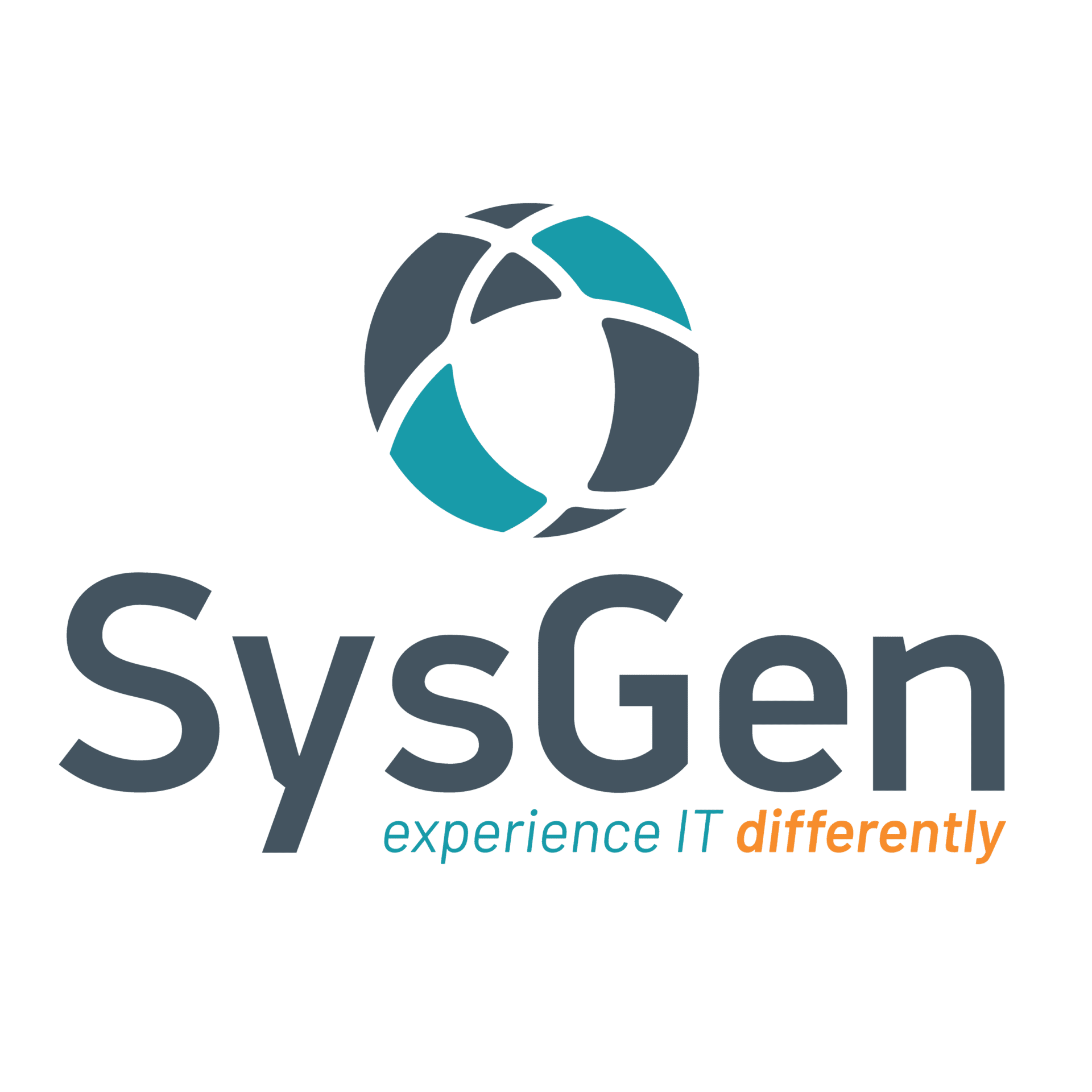We’ve suggested five key questions to ask about your backup solution to understand the importance of protecting your data. But having a sound backup solution is only one piece of the bigger puzzle – business continuity planning.
According to Gartner, the average mid-sized company has 16-20 hours of unplanned network, system, or application downtime per year. Downtime can be a result of a natural disaster, hardware failure, data loss, security breach, server outage, or anything that touches your business operations. Often, there’s no way to predict when and how downtime will occur, but it can have catastrophic effects on your business.
Prevent problems before they happen, and prepare for when they do, with our top four considerations in business continuity planning:
Look past the computer systems
As a company, you need to look at your operations as whole for business continuity planning.
True business continuity planning is a way to continue business operations outside of your normal systems, processes, and procedures. Think about everything from how your company pays its employees to how legal information is handled. Sound business continuity planning means having a “Plan B” for virtually every aspect of your business. Document all your critical processes, create alternative ways of doing things, and train your people on how to follow the backup plans.
No matter the size of your business, you can benefit from a business continuity plan. If you’re a retail business, have paper receipt pads available in the event electronic banking systems are down. If your business is based on securing contracts, use triplicate forms so you have multiple copies of everything.
Remember, you may be in a disastrous situation
Keep in mind that companies don’t usually implement their business continuity plans under pleasant conditions. Often, a disastrous situation has occurred. Consider that employees will be stressed and decisions will need to be made quickly.
Make sure your staff members know exactly what to do in an emergency, and go through practice drills with them to reduce your costs and damages. For example, if your sales employees rely on a database to do their jobs, create a backup static document that can be stored on their laptops and is available in paper form in case the database goes down. Ensure the data in the system is properly backed up and protected, and that it’s easy for your employees to update the database with their manual work when the system is back up and running. Once you have this procedure in place, practice it on a regular basis.
Weigh the costs against the benefits
Many businesses shy away from business continuity planning tools such as backup and disaster recovery devices (BDRs) due to cost. As mentioned, we encourage you to look beyond the computer systems when business continuity planning, but many of your critical processes will be tied to data or electronic systems of some kind.
Basic backup systems work well if someone deletes a file and needs to retrieve it. But if an entire system goes down, it can take a tremendous amount of time and effort to restore it. Companies may go days or weeks without their information, which means earnings are lost. An oft-quoted statistic proves that most companies simply can’t afford to lose their data: 70% of businesses that experience a major data loss are out of business within one year (DTI/PricewaterhouseCoopers). IBM reports that the average cost of a data breach is CAD $5.20 million.
The advantage of BDRs is that they can back up data into the cloud and reduce downtime drastically. With a BDR, you may go from days or weeks without your data to mere minutes or hours. However, BDRs are more expensive than typical backup devices, and many small- to mid-sized companies opt for a less costly option. However, remember that the average mid-sized company has 16-20 hours of unplanned downtime per year. Do a simple calculation: how much would it cost your company to be down for one hour? Now multiply this number by 16 or 20. This is your average cost of downtime per year. You may find that this figure far exceeds the cost of a BDR.
Get into the Cloud
Cloud technologies are particularly handy when it comes to disasters that affect your physical location, such as the SysGen cloud storage service, Atmosphere. With cloud virtualization, for example, servers can be accessed remotely in the cloud if the server room is compromised. Your employees can leave the office quickly and get remote access from home the same day if necessary.
A close-to-home example is the Alberta flood of 2013. The disaster shut down Calgary’s core, forcing many employees out of their places of work. For companies with systems in the cloud, people could work from home, customer orders could still be received, and emails could still go through. While physical premises were damaged, the situation did not cripple these companies.
We can help!
In summary, business continuity planning is about more than backing up files. It’s about protecting your business, ensuring you can continue operations in a disaster, and minimizing the costs to you when the unexpected occurs. Look at all aspects of your business, run through practice drills with your staff, and consider investing in solutions that will protect your bottom line in the long run.
At SysGen, we recognize that small to mid-sized businesses can be just as reliant on their data and systems as large corporations but may not have comparable budgets to protect them. We specialize in this area and can help determine the protection you need in a way that works for you. We can also be involved with your business continuity planning committee or group and help you plan for the unforeseen. Call us for IT support for your Calgary, Edmonton, Red Deer, Vernon, or Kelowna-based business.
Want to learn more about business continuity planning? Check out our backup and business continuity services, and read this white paper by Verizon Business.
Find SysGen’s IT support and managed IT services in Calgary, Edmonton, Red Deer, Vernon, and Kelowna. Learn more about SysGen’s cloud offering, cybersecurity services, managed security, and Digital Advisory team by clicking here.


